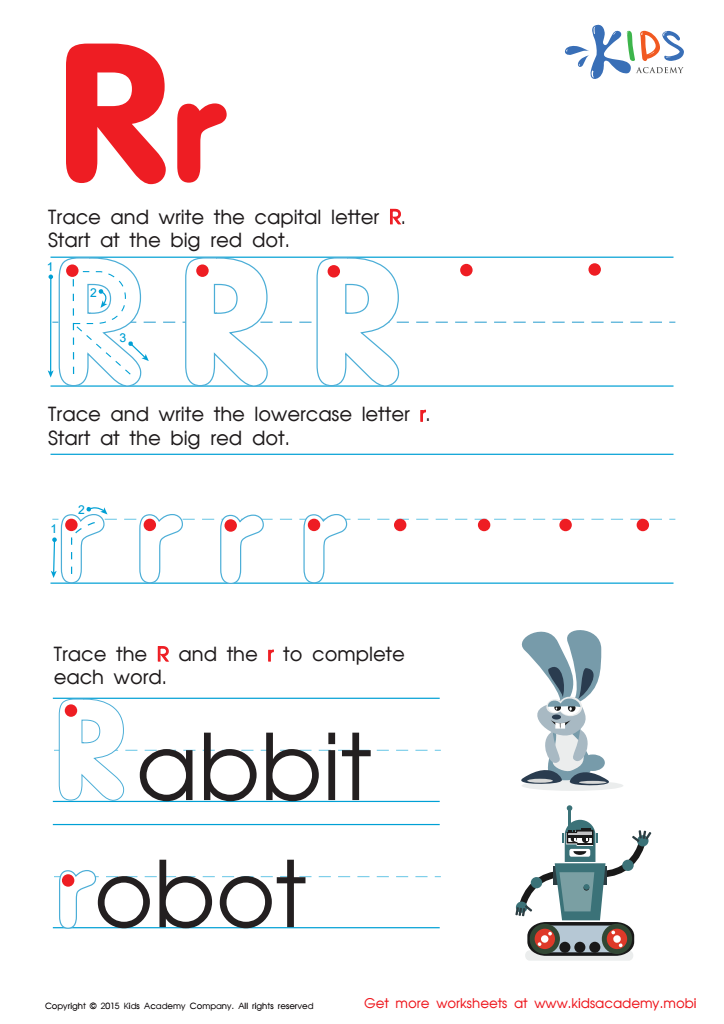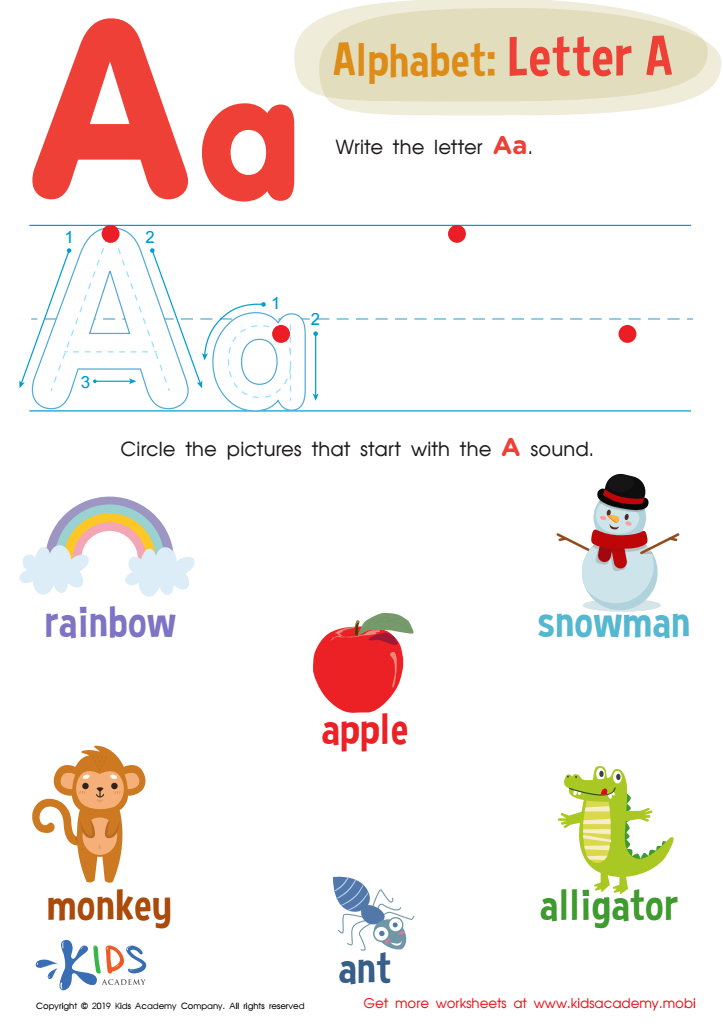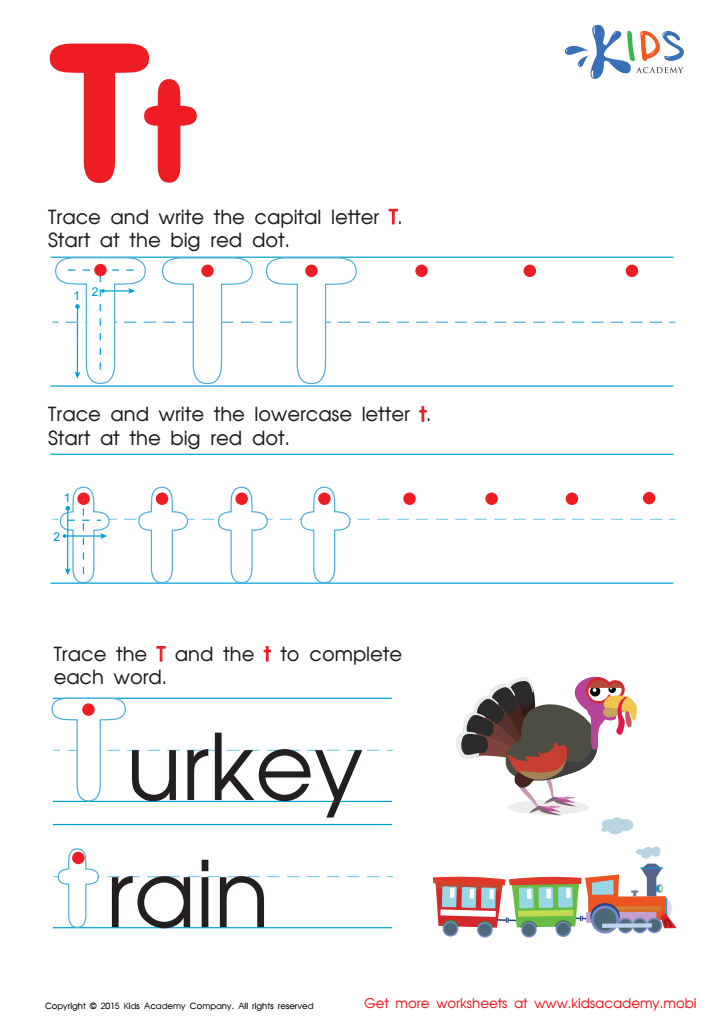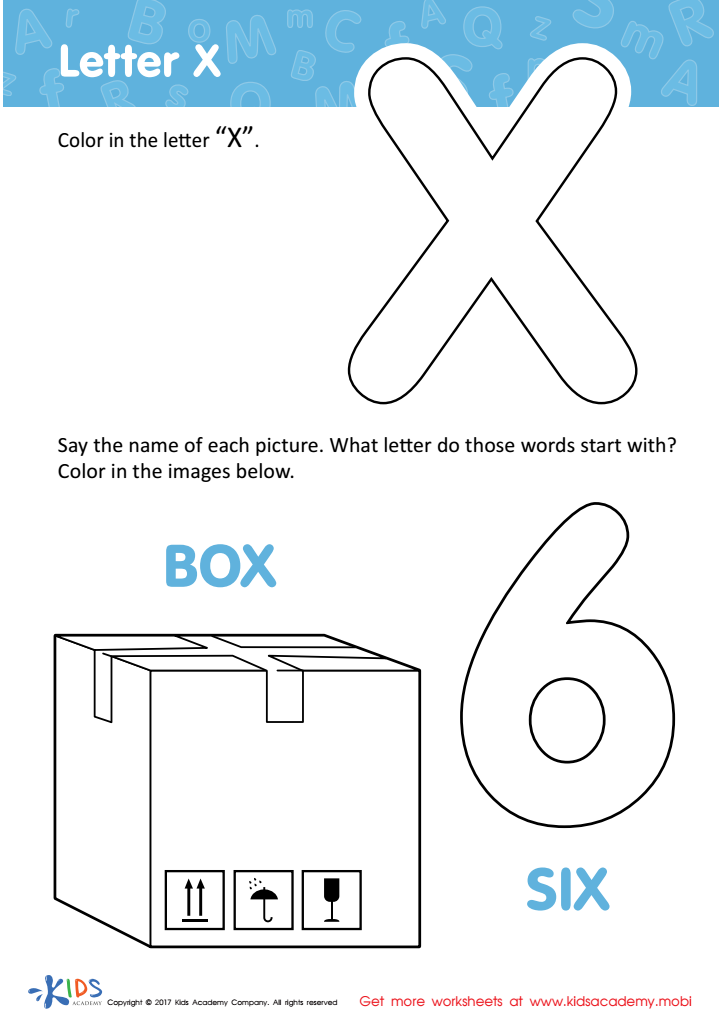Alphabet tracing Letter Recognition Worksheets for Ages 6-8
8 filtered results
-
From - To
Discover our engaging Alphabet Tracing Letter Recognition Worksheets designed specifically for children ages 6-8. These interactive resources help young learners enhance their writing skills while reinforcing letter recognition in a fun and playful way. Each worksheet features beautifully designed letters for tracing, coupled with captivating illustrations that encourage creativity and engagement. By practicing with our worksheets, kids will improve their fine motor skills and build confidence in their literacy abilities. Perfect for both classroom and home use, our alphabet tracing worksheets provide an essential foundation for early reading and writing success. Download them today, and watch your child flourish!


Letter R Tracing Page


Letter P Tracing Page


Letter Q Tracing Page


Letter H Tracing Page


Letter A Tracing Worksheet


Letter T Tracing Page


Letter D Tracing Page


Letter X Coloring Sheet
Alphabet tracing and letter recognition are foundational skills crucial for children aged 6-8. At this developmental stage, children are honing their reading and writing abilities, making it essential for parents and teachers to emphasize these skills.
Tracing letters helps young learners develop fine motor skills, allowing them to cultivate better control over writing tools. This control is vital not only for handwriting but also for ensuring they can express their thoughts effectively in written form. Additionally, letter recognition enables children to identify letters in different contexts, enhancing their reading fluency.
Fostering familiarity with the alphabet can build a child's confidence as they transition into more complex literacy tasks, such as spelling and composing sentences. Children who can readily recognize letters are more likely to engage with reading material, support comprehension, and broaden their vocabulary.
Moreover, these skills promote collaboration with parents and educators, who can encourage consistent practice both at home and school. Ultimately, investing time in letter tracing and recognition prepares children for academic success and lifelong love for reading and writing. Thus, prioritizing these areas in educational settings supports both immediate learning and future learning opportunities.
 Assign to My Students
Assign to My Students



















